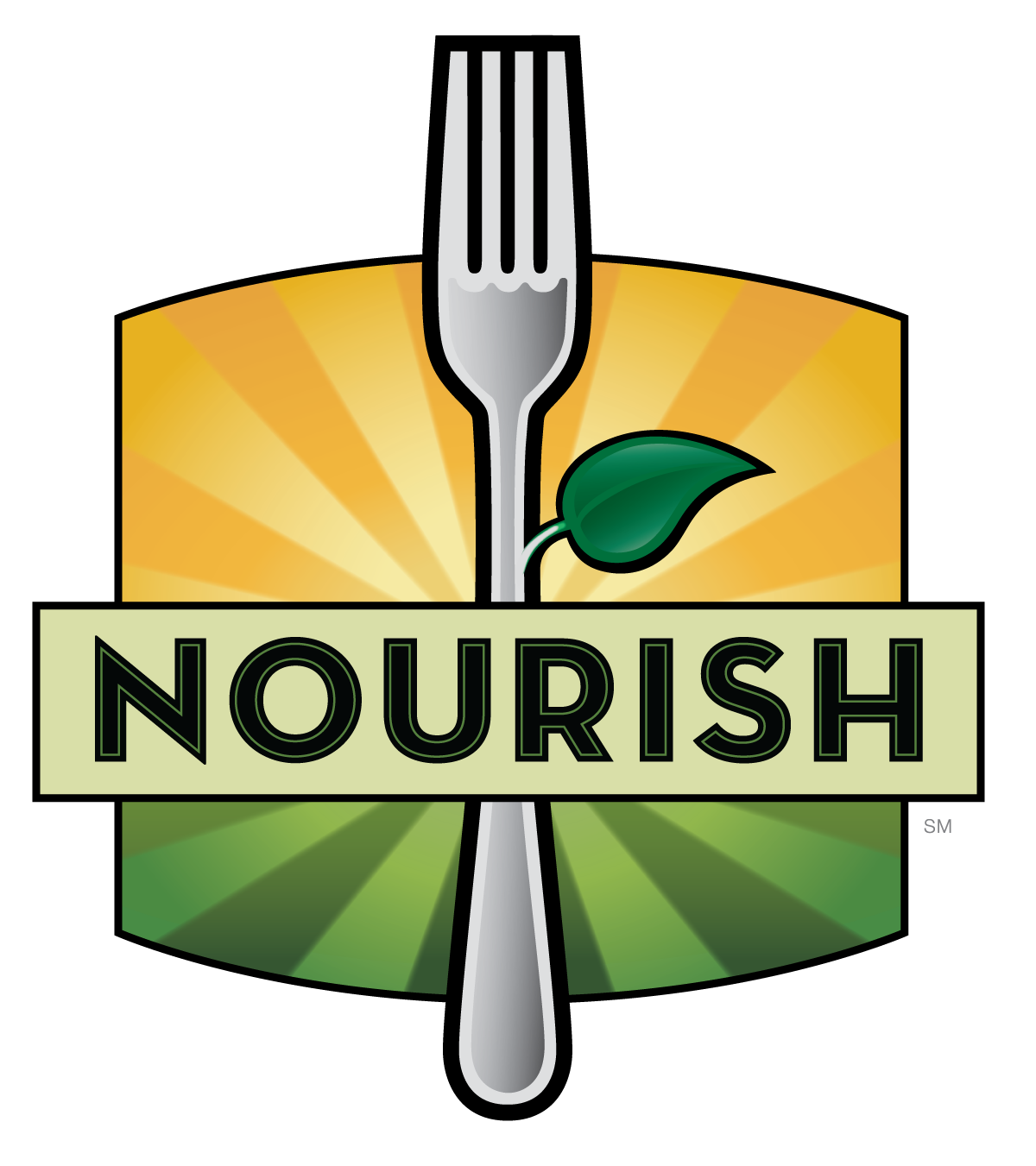The quest for a vibrant and healthy life is an ever-evolving journey that intertwines science, culture, and individual preference. As nutrition science advances, we are increasingly aware of how profoundly what we eat affects our health, happiness, and wellbeing. Empowered by the latest research, we’re dispelling old myths and embracing new trends that promise to lead us to the best versions of ourselves.
In the heart of a balanced diet lies the understanding that our bodies crave variety and a spectrum of nutrients to function optimally. Meal planning becomes less of a chore and more of an art when you consider the symphony of nutrients required to sustain energy, repair tissues, and support your immune system. It’s not just about sticking to specific food groups; it’s about color, texture, and, ultimately, joy.
The Plate of Plenty: Constructing Balanced Meals
Building a balanced meal is akin to creating a colorful mosaic. Half of your plate should bloom with fruits and vegetables, rich in vitamins, minerals, and fiber that curb inflammation and bolster health. A quarter should boast whole grains or starchy vegetables, providing that much-needed fuel in the form of complex carbohydrates. The remaining quarter is reserved for lean proteins—think beans, lentils, fish, or chicken—that keep muscles strong and hormones balanced.
Nutrient Synergy: Maximizing Health Benefits
Beyond individual nutrients, their combined effects—nutrient synergy—can amplify health benefits. Eating tomatoes with olive oil, for instance, increases the absorption of lycopene, an antioxidant linked to reduced risk of certain diseases. Similarly, combining vitamin C-rich foods with iron-rich plant foods enhances iron absorption, vital for vegetarians and vegans.
Demystifying Dietary Myths
For every nutrient-rich food, there’s often a cloud of confusion that surrounds it. It’s time to debunk common dietary myths that might be holding you back:
- Myth: Low fat always means healthy. Reality: Many low-fat products compensate by adding sugar or preservatives. It’s the type of fat that matters—monounsaturated and polyunsaturated fats found in avocados, nuts, and seafood are cardio-protective.
- Myth: Carbohydrates are the enemy. Reality: Complex carbs found in fruits, vegetables, and whole grains provide essential fuel and nutrients.
- Myth: High-protein diets are the best for weight loss. Reality: Balance is key. Over-consuming protein at the expense of other nutrients can strain kidneys and doesn’t guarantee weight loss.
Personalized Nutrition: One Size Doesn’t Fit All
Remember that nutrition is deeply personal. Your neighbor’s keto success story might be your energy drain. Instead, listen to your body’s responses to different foods and diets, and consider your lifestyle, activity level, and health goals when crafting your diet.
Weaving the threads of pleasure and nutrition into the tapestry of daily eating doesn’t have to be a distant dream. Cooking can be a soul-satisfying dance, a creative outlet that nourishes not just the body, but the spirit. In your kitchen lies the potential to sculpt a healthful and joyful life, meal by vibrant meal.
As our culinary horizons widen, so too does the potential for a more nutritious, balanced approach to eating. The narrative, ever-changing as it may be, encourages us to mix and match, experiment and enjoy. Here’s to your health, one insightful bite at a time.
